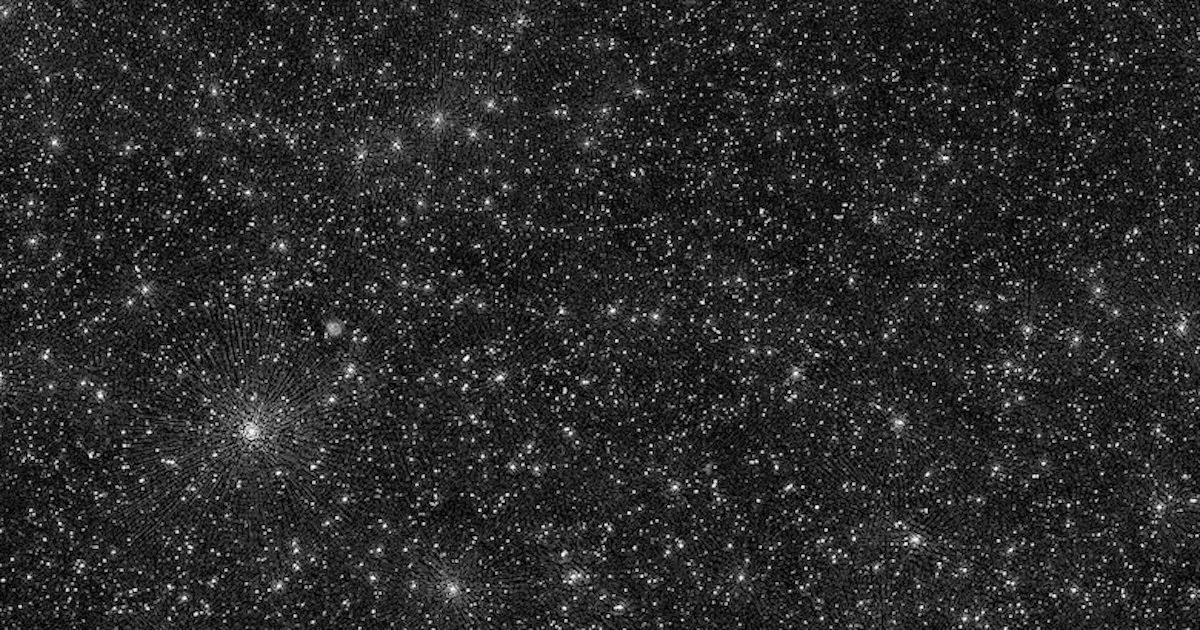
This stunning image, created using vast telescopic data, shows supermassive black holes across the universe. The image, which shows the supermassive black holes as lights in the sky similar to stars, was created by a team at the University of Hamburg in Germany.
In total, there are 25,000 supermassive black holes visible in the image based on data that began being compiled in early 2021.
Francesco de Gasperin of the University of Hamburg said of the project:
"This is the result of many years of work on incredibly difficult data. We had to invent new methods to convert the radio signals into images of the sky."
The black holes can be detected as they eat their way through material in the universe, shooting out huge radio waves that can then be picked up by astronomers. In this case the astronomer team used the LOw Frequency ARray (LOFAR) in Europe, a network of beacons set up across 52 different locations on the European continent. This network, involving 20,000 antennas, is the only one in the world capable of sensing such data from such a distance, and at such a frequency.

Huub Röttgering of Leiden Observatory in the Netherlands, who was also involved in the project, added:
"After many years of software development, it is so wonderful to see that this has now really worked out."
The paper compiled by the team states that such methods of deep space investigation using radio waves could open new insights into many features of the cosmos. It says:
"The final release of the survey will facilitate advances across a range of astronomical research areas. [This] will allow for the study of more than 1 million low-frequency radio spectra, providing unique insights on physical models for galaxies, active nuclei, galaxy clusters, and other fields of research. This experiment represents a unique attempt to explore the ultra-low frequency sky at a high angular resolution and depth."
Supermassive black holes are very large versions of black holes, which are created when very large objects such as giant stars collapse in on themselves. Black holes then suck in material and information, from which they can never return. Every galaxy is believed to have at its heart a supermassive black hole which maintains the cyclical orbit of the surrounding stars in the galaxy.
[Basd on reporting by: science alert]












COMMENTS